Effective Responses to Global Water Crisis Are Largely Local
With exceptions like California and Australia, regions and cities shape resilient adaptations for water security.
By Miranda Cawley
Circle of Blue
STOCKHOLM-– In developing effective responses to severe drought, national governments from around the world look to local programs as sources of innovation, according to a group of global water experts convened by Circle of Blue at an online Catalyst town hall event during World Water Week here.
California’s drought response, in particular, is serving as a lesson in successes and shortcomings for the rest of the world, said the authorities who participated at the Catalyst virtual town hall hosted Tuesday by Circle of Blue and Maestro Conference in Sweden’s capital city.
“To make innovation happen on the ground we need to have locals on the ground – the mayors of the world – take responsibility,” said Torgny Holmgren, executive director of the Stockholm International Water Institute (SIWI), which produces the annual World Water Week conference. “The combination of businesses, local municipalities, governmental bodies, and civil society will be key.”
In California…it is essentially a tale of two water futures, in which we are considering conditions that are more treacherous than they have ever been, but there are also now more initiatives than ever.”
–J. Carl Ganter, director
Circle of Blue
Experts from the private and public sector, as well as nongovernmental organizations and research groups, joined the third in a series of Catalyst events this month, the latest one coming live from Stockholm and from the One Water Leadership Summit in San Francisco.
California was specifically praised for developing relationships with the private sector to help confront the drought. Lindsay Bass, manager of Corporate Water Stewardship at the World Wildlife Fund, said that the case studies in California of cooperation between the private and public sector should be duplicated in the rest of the world. According to Bass, strong business relationships are particularly important, as the top risk to public sector investment in drought relief is the private sector.
“If we look at California we see really great innovation,” she said. “We want to understand and articulate those business case studies, the demands with which private sector impacts water.”
Peter Gleick, co-founder and director of the Oakland-based Pacific Institute, also praised California’s business relationships as one of many steps the state is taking to address the drought.
“We are exploring water efficiency, expanding wastewater reuse, and exploring how the business community is using water,” he said.
Lessons for California, From The World
The panelists highlighted the importance of political power, as well as business power, in shaping responses to drought. Junaid Ahmad, director of the World Bank Group’s Water Global Practice, drew on his own local experiences as a Bangladeshi national to discuss the political economy that controls water.
According to Ahmad, effective drought response in Bangladesh has been driven by determining who has real political power over the water.
“It is an important question to ask because the solution or adaptation to drought depends on whether power lies with farmers, cities, energy allocation, or users,” he said.
California stands to learn many lessons from developing countries such as Bangladesh that are confronting their own water crises. Upmanu Lall, director of the Columbia Water Center in New York, highlighted how increasing user participation in crafting a drought response can improve the situation.
“On the policy side, the participatory frameworks, in negotiating sides, are taking force in developing countries much faster than in the U.S., and bringing those home is important,” Lall said.
There were universal lessons that could be applied from looking at individual droughts worldwide, including in California. Specifically, the speed of responses and flexibility are two crucial elements to a drought response. Both have become more vital in the face of many droughts that proceeded unchecked and became devastating.
“Coming back to California, the structure is not conducive to change,” said Lall. “What is interesting in working with this is that we need the affinity to predict climate variability, give drought warnings, so that people can plan in the next agricultural seasons and adjust, and so that change is not disruptive.”
This became clear in Africa, as well. Mats Eriksson, the director for climate change for SIWI, drew important lessons on mobilizing a speedy local response from the drought in the Horn of Africa.
“When we look in the mirror, we should question how we dealt with droughts in the Horn of Africa, where a number of alarms went up for several institutes of serious drought,” he said. “But taking action at an early stage with communities did not happen. So this is an important area of improvement.”
However, Gleick cautioned against applying the one-size-fits-all approach to creating a healthier water future.
“Success stories are important, but not all lessons can be applied everywhere,” he said. “Differences in institutions are important and we need to be careful about that.”
Catalyst is a series of online conference events about the California drought, America’s water supply, and the world’s water challenges. Visit our website to learn more about the series and stay informed of future Catalyst events. Read a recap of the previous two Catalyst: California town halls, California Drought Signals Fundamental Shift to New Water Conditions; and California Drought and Strengthening El Nino Accelerate Statewide Water Transition.
is an editorial intern for Circle of Blue based in Traverse City, Michigan. She is a senior at Northwestern University studying multimedia journalism and environmental sciences. Her interests include food security, environmental justice, and Latin American environmental policy.


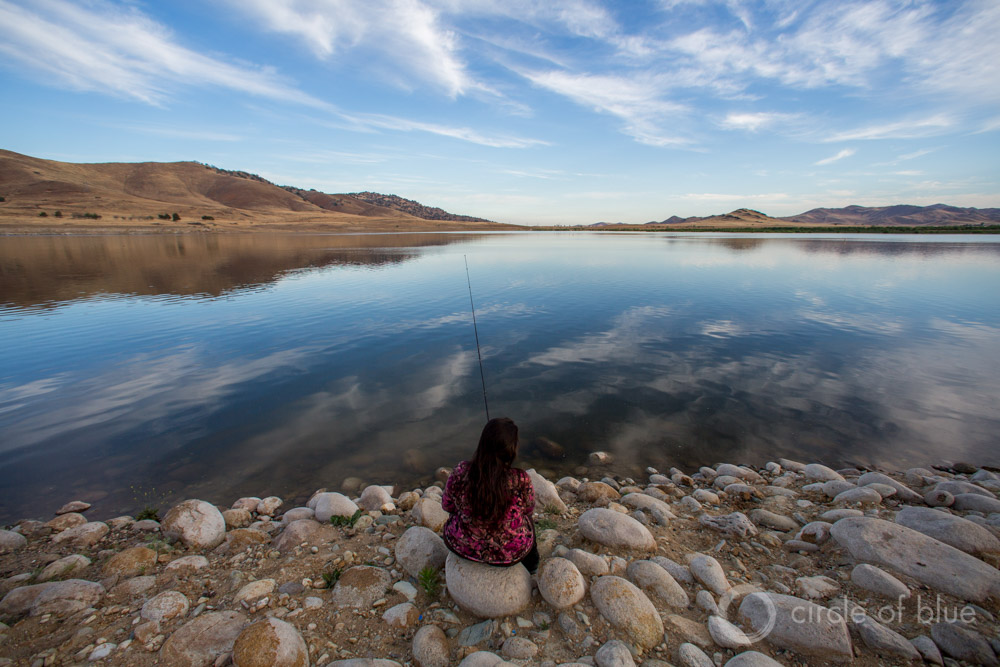

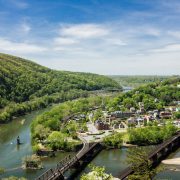
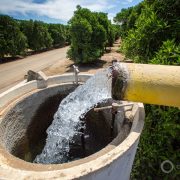


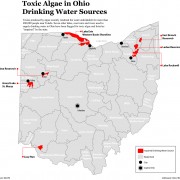

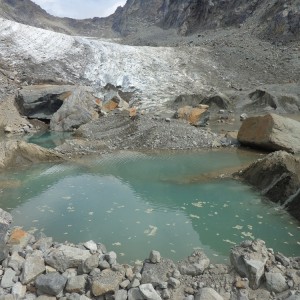
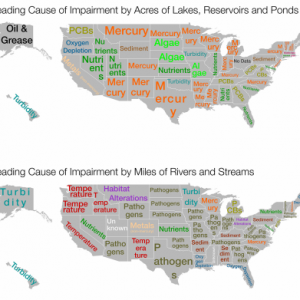
Leave a Reply
Want to join the discussion?Feel free to contribute!